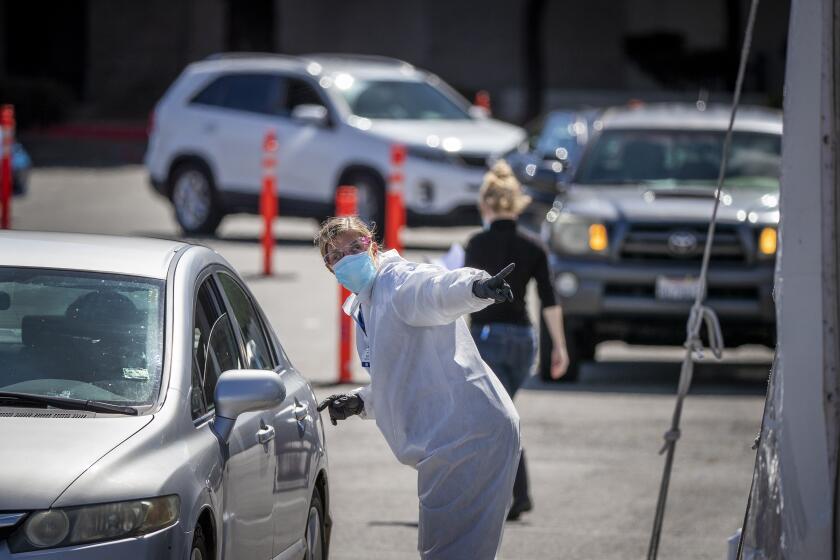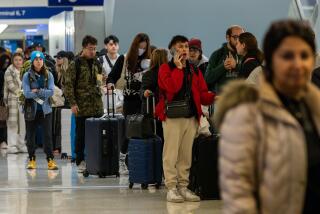Coronavirus infections could be much more widespread than believed, California study suggests
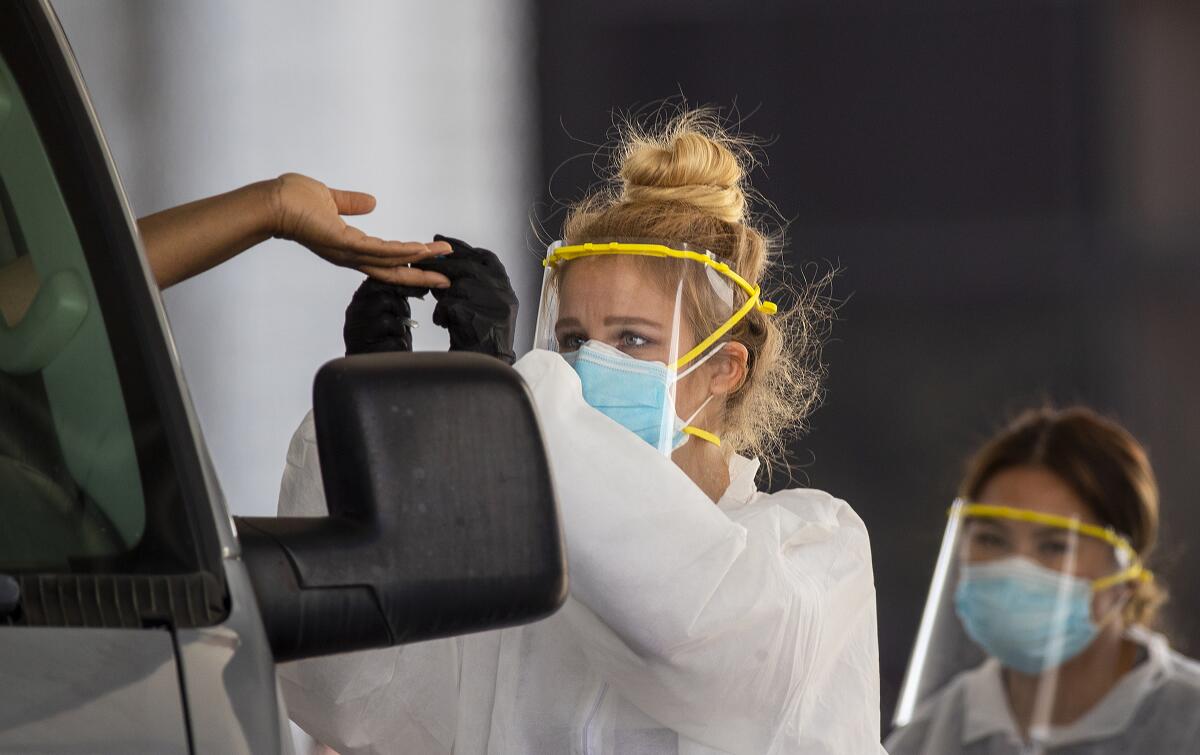
In the weeks since the novel coronavirus outbreak has squelched daily life in America, researchers have struggled to assess the true spread of the virus. But initial results from a Northern California study on coronavirus antibodies suggest it has circulated much more widely than previously thought, according to a report released Friday.
The preliminary study, conducted by researchers at Stanford University, estimates that between 2.5% and 4.2% of Santa Clara County residents had antibodies to the new coronavirus in their blood by early April. Antibodies are an indication that a person’s immune system has responded to a past infection.
Though the county had reported roughly 1,000 cases in early April, the Stanford researchers estimate the actual number was between 48,000 and 81,000, or 50 to 85 times greater.
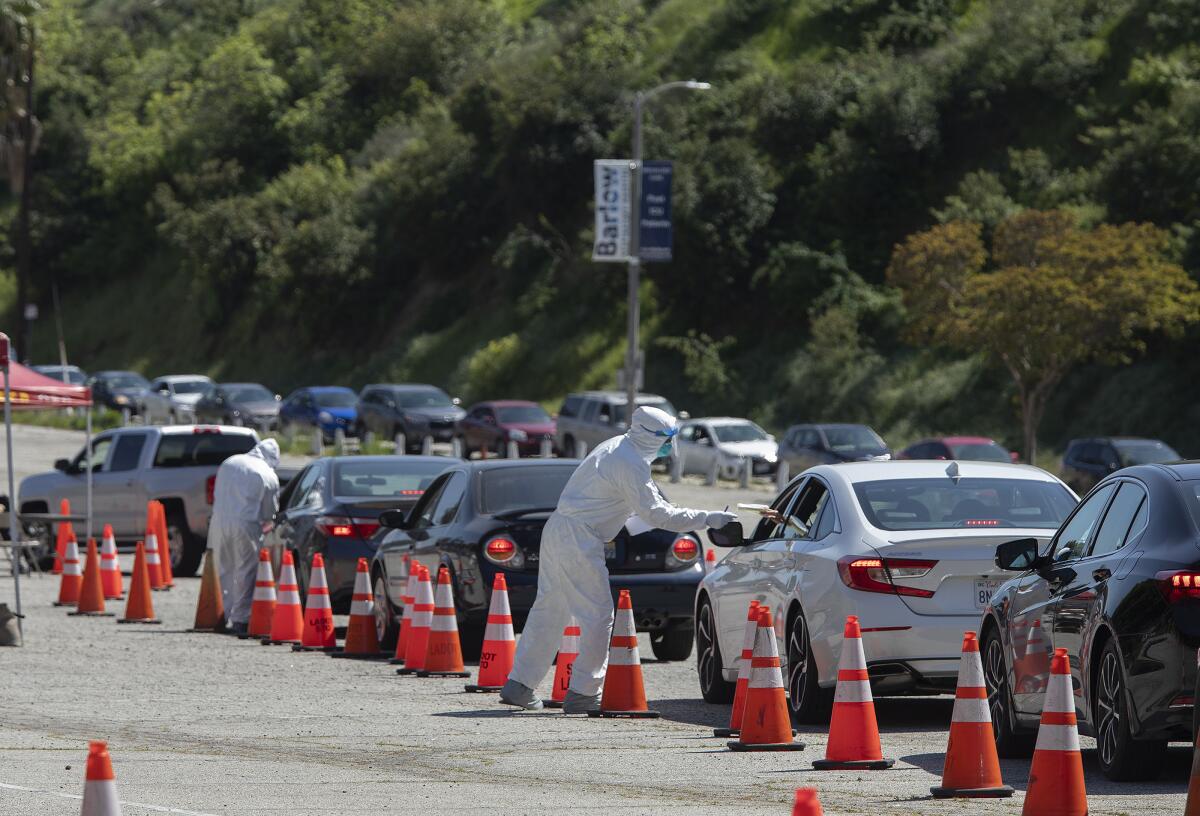
Santa Clara County was an early hotbed of the COVID-19 pandemic in California. By sampling the blood of 3,300 county residents and testing it for coronavirus antibodies, researchers hoped to estimate the prevalence of the virus in the population.
The antibody blood tests, also known as serology tests, are distinct from the diagnostic tests used to confirm an active infection.
Investigators from the Los Angeles County Department of Public Health and USC launched a similar study a week after Santa Clara began its effort. Officials say they will make their initials results public Monday.
Barbara Ferrer, the county’s top public health official, said that although the Los Angeles study will have somewhat different numbers, “they’re going to tell a similar story. And I think the story is … many more people have been infected with COVID-19 than those who are being captured through our testing.”
The discrepancy, Ferrer said, owed to the slow start for coronavirus diagnostic testing and the fact that many people with few or no symptoms were unable to get tested.
Three Angelenos describe getting the highly coveted blood test for coronavirus antibodies.
There are important caveats to the Santa Clara findings. Unlike in Los Angeles County, where researchers recruited a random sample of participants to mirror the county’s makeup, the Northern California study solicited participants from social media.
As a result, white women ages 19 to 64 were overrepresented in the participant pool, while Latinos and Asian Americans were underrepresented relative to their share of the county’s population. Researchers tried to adjust for this imbalance in their analysis.
Also, the Stanford report was posted to a website for sharing early medical research findings and has not yet been vetted through the typical peer-review process.
Neeraj Sood, a professor at USC’s Price School of Public Policy who is an author of the Stanford report, said he was not surprised by the results.
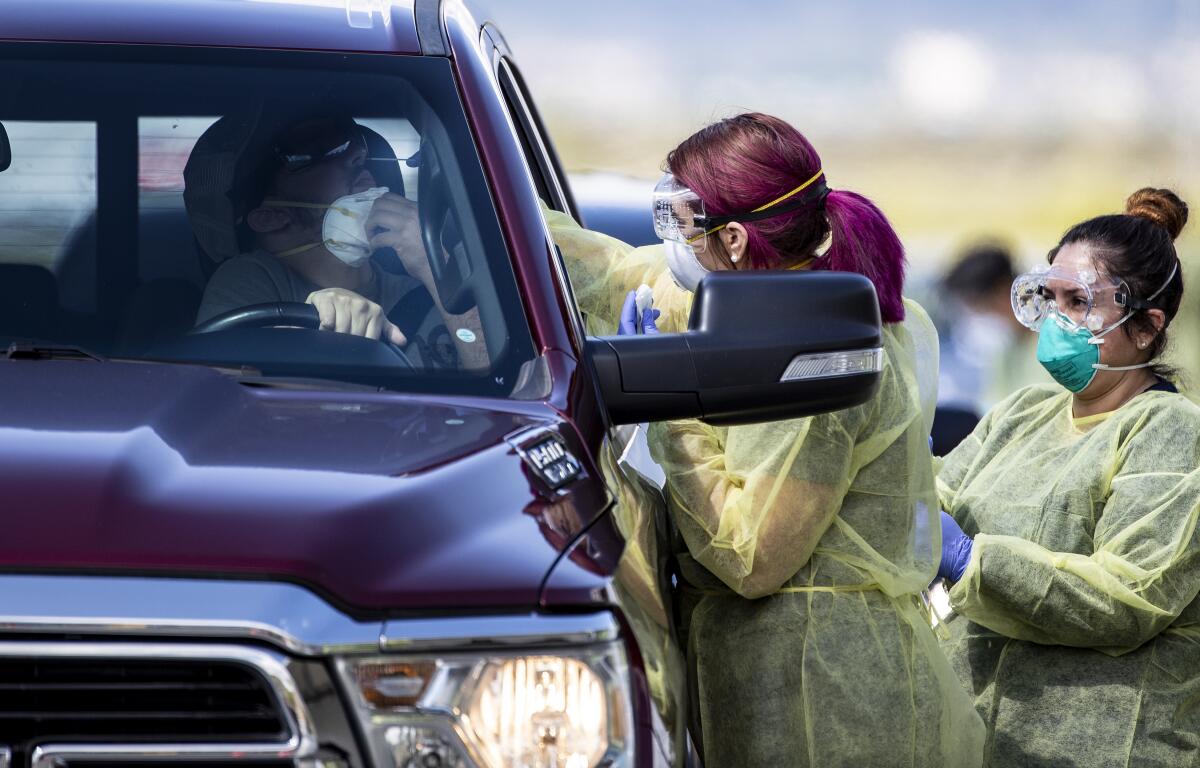
“I didn’t know what the magnitude would be, but we definitely expected that there would be more cases than have been confirmed, just given the scarcity of testing,” said Sood, who is also the lead researcher from the Los Angeles County study.
One key takeaway of the Santa Clara County study is that a large number of people who are infected with the coronavirus never show any symptoms, said Karin Michels, chair of the epidemiology department at UCLA’s Fielding School of Public Health.
The fact that such people could unknowingly be contagious means that some level of physical distancing needs to remain in place to protect the elderly and people with underlying conditions who are much more endangered by the disease.
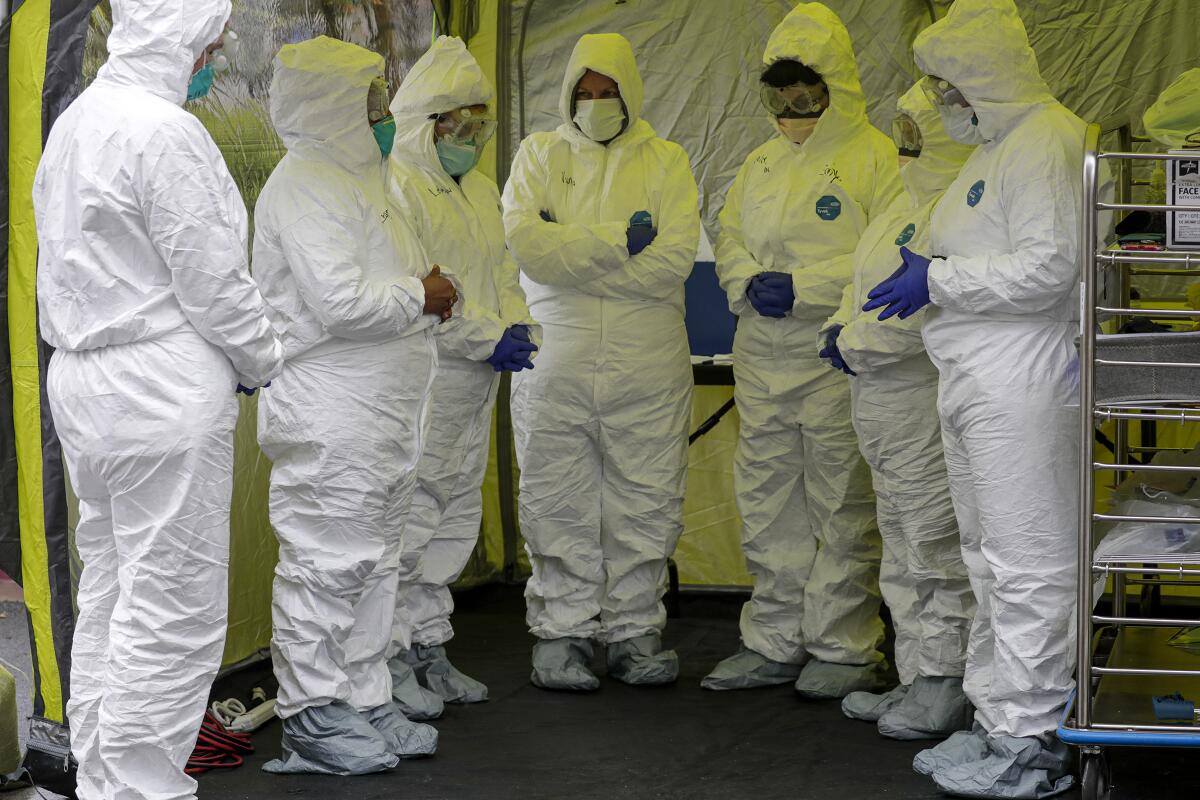
“How do we protect the vulnerable, while letting other people who are maybe immune because they’ve been infected and have antibodies come back to work? How do you sort this out?” Michels said.
Antibody detection may help provide an answer, she said, but only if a large proportion of the population is able to get tested.
Studies suggest that perhaps 30% to 50% of people who contract the new coronavirus have no symptoms, said Dr. Bob Wachter, chair of the medicine department at UC San Francisco. At some point, he said, there will have to be strategic testing of asymptomatic people.
Public officials and researchers are increasingly pointing to antibody tests as key to helping determine when and how to ease the restrictions on movement and commerce that have resulted in an unprecedented economic shutdown.
Knowing the true extent of the virus’ reach can shed light on how close the population is to achieving herd immunity, in which enough people have some degree of immunity to the virus that it becomes difficult for infections to spread.
Such tests can also provide a more accurate picture of how lethal the virus is. Right now, the mortality rate is based on the number of confirmed infections, but the higher the number of infections, the lower the fatality rate.
Based on their results, the Stanford researchers estimated the mortality rate in Santa Clara County to be between 0.12% and 0.2%. By comparison, the average death rate of the seasonal flu is 0.1%.
Sood said it was too early to offer policy prescriptions based on the early results, noting that further study will provide more information about the mortality rate and how fast the disease is spreading.
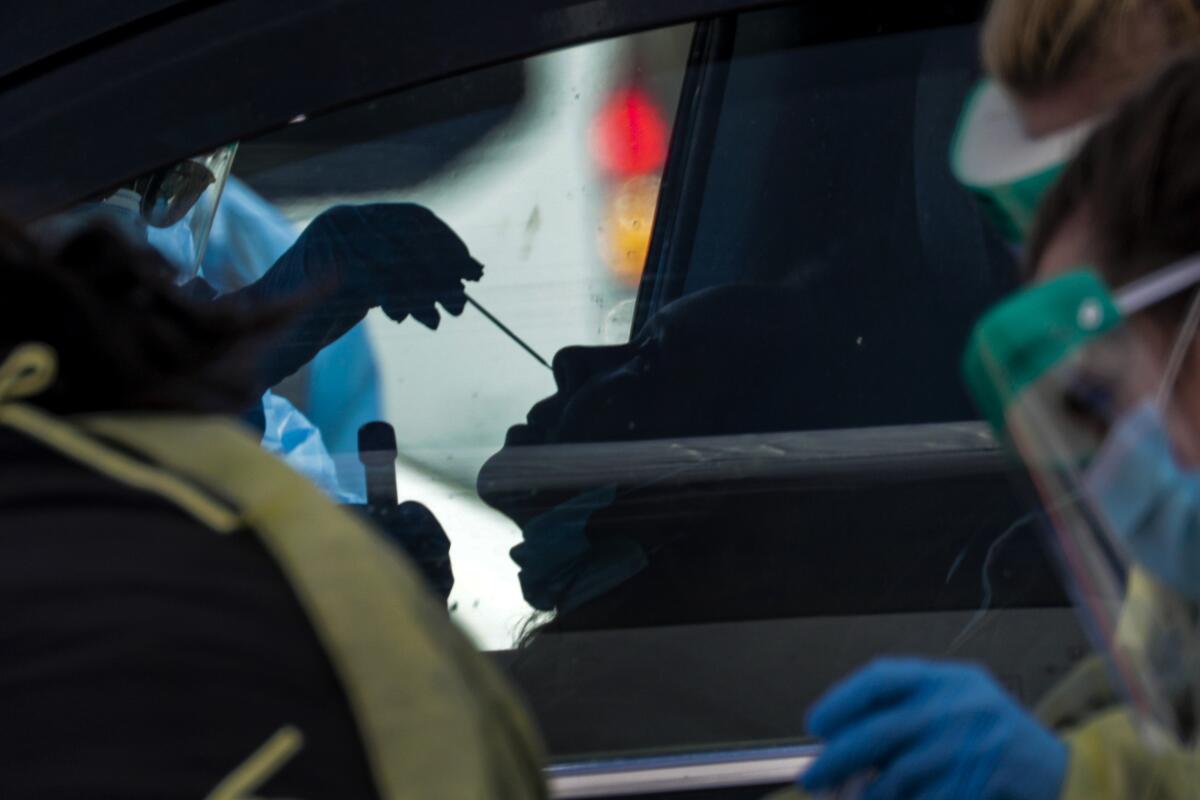
His goal in Los Angeles County is to repeat the study every two to three weeks over the course of several months, with hopes of generating more data to inform the models that public officials are using to plan their coronavirus response.
“We need to put this data into these models and then figure out what the conclusion is,” he said.
Experts at the World Health Organization cautioned Friday that it is too early to gauge the extent to which the antibody testing indicates immunity.
Maria Van Kerkhove, acting head of emerging diseases at the WHO, said there is no evidence yet that rapid serological tests can reveal immunity to the coronavirus.
“Right now we have no evidence that the use of a serologic test can show that an individual is immune or is protected from reinfection,” she said.
Serological tests measure the level of antibodies against the virus that the body creates a week or two after being infected, she said.
But scientists do not yet know whether people who have antibodies for the virus are immune.
“We will be issuing guidance around this over the weekend because it is a confusing area,” Van Kerkhove said.
Dr. Michael Ryan, executive director of the WHO Health Emergencies Program, echoed her concern.
“People need to look at length at the protection that antibodies might give,” he said. “Nobody is sure whether someone with antibodies is fully protected from being exposed and having the disease again.”
Times staff writer Maura Dolan in San Francisco contributed to this report.
More to Read
Sign up for Essential California
The most important California stories and recommendations in your inbox every morning.
You may occasionally receive promotional content from the Los Angeles Times.
